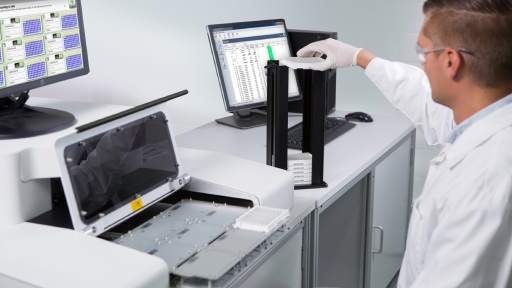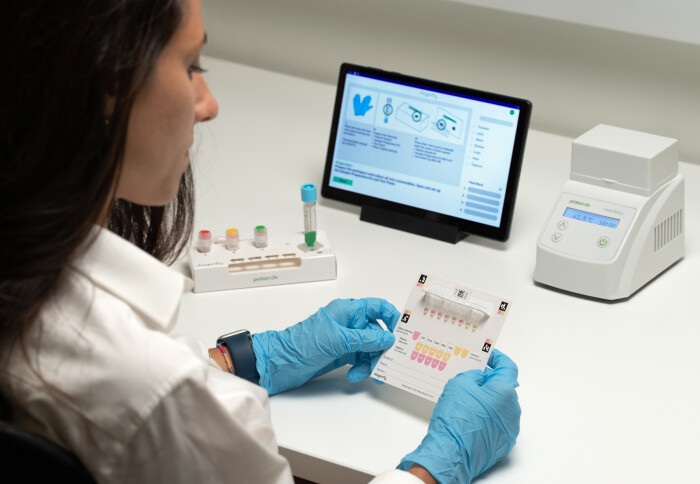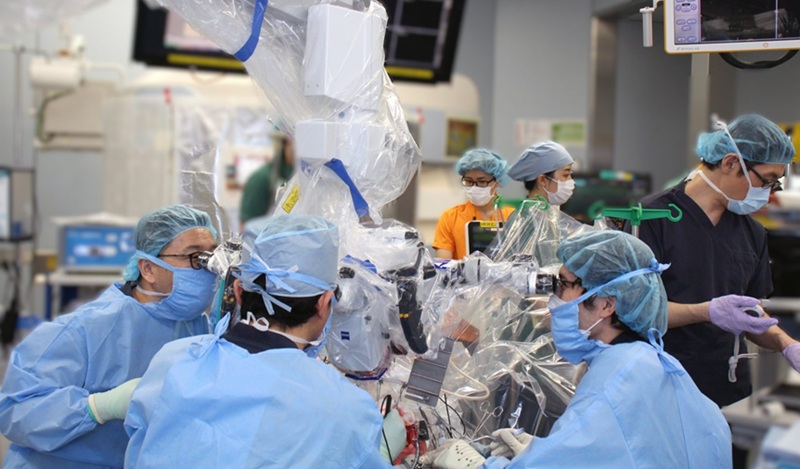Urinary Sodium/Potassium Ratio Screens for Hyperaldosteronism in Hypertensive Men
|
By LabMedica International staff writers Posted on 08 Jun 2021 |

Image: Blood test for plasma aldosterone concentration was used to screen For hyperaldosteronism in hypertensive men (Photo courtesy of VisitHealth Ltd)
Among individuals with hypertension, the prevalence of secondary hypertension has been reported to be around 10%. More than half of individuals with secondary hypertension have associated hyperaldosteronism.
Hyperaldosteronism is a medical condition wherein too much aldosterone is produced by the adrenal glands, which can lead to lowered levels of potassium in the blood (hypokalemia) and increased hydrogen ion excretion (alkalosis).
A team of medical scientists led by those at Kyoto Prefectural University (Kyoto, Japan) hypothesized that the urinary sodium/potassium ratio (Na/K) could be used as a simple, low-cost method of screening for hyperaldosteronism among individuals with hypertension in primary care and health examination settings. They recruited hypertensive individuals aged 30-69 years old who were not taking any antihypertensive medications from among participants in health examinations. Overall, 160 participants (108 men and 52 women) with a mean age of 54.3 years were eligible for this study.
Urinary Sodium (Na) and potassium (K) were measured using second morning urine samples, and the plasma aldosterone concentration (PAC) was also measured. The assay kit used for the measurement of the PAC was the SPAC-S Aldosterone Kit (TFB, Inc. Tokyo, Japan). The team evaluated the association of the second morning urine Na/K ratio (SMU Na/K) with a high PAC, defined as ≥90th percentile (24.3 ng/dL), using receiver operating characteristic (ROC) curves.
The investigators reported that the area under the ROC curve for the relationship between SMU Na/K and high PAC was 0.77 (95% confidence interval [CI]: 0.59-0.95) in men and 0.64 (95% CI: 0.36-0.93) in women. In men, SMU Na/K values of less than 1.0 could detect hyperaldosteronism with a sensitivity of 45.5%, a specificity of 97.9%, a positive predictive value of 71.4%, and a negative predictive value of 94.1%.
The authors concluded that the use of the urinary Na/K ratio may be appropriate as a method of screening for hyperaldosteronism in hypertensive men. The urinary Na/K ratio in second morning urine was inversely associated with the PAC in hypertensive men but not in women. A low urinary Na/K ratio could be a surrogate marker for the detection of a high PAC in hypertensive men. The study was published on May 17, 2021 in the journal Hypertension Research.
Related Links:
Kyoto Prefectural University
TFB Inc
Hyperaldosteronism is a medical condition wherein too much aldosterone is produced by the adrenal glands, which can lead to lowered levels of potassium in the blood (hypokalemia) and increased hydrogen ion excretion (alkalosis).
A team of medical scientists led by those at Kyoto Prefectural University (Kyoto, Japan) hypothesized that the urinary sodium/potassium ratio (Na/K) could be used as a simple, low-cost method of screening for hyperaldosteronism among individuals with hypertension in primary care and health examination settings. They recruited hypertensive individuals aged 30-69 years old who were not taking any antihypertensive medications from among participants in health examinations. Overall, 160 participants (108 men and 52 women) with a mean age of 54.3 years were eligible for this study.
Urinary Sodium (Na) and potassium (K) were measured using second morning urine samples, and the plasma aldosterone concentration (PAC) was also measured. The assay kit used for the measurement of the PAC was the SPAC-S Aldosterone Kit (TFB, Inc. Tokyo, Japan). The team evaluated the association of the second morning urine Na/K ratio (SMU Na/K) with a high PAC, defined as ≥90th percentile (24.3 ng/dL), using receiver operating characteristic (ROC) curves.
The investigators reported that the area under the ROC curve for the relationship between SMU Na/K and high PAC was 0.77 (95% confidence interval [CI]: 0.59-0.95) in men and 0.64 (95% CI: 0.36-0.93) in women. In men, SMU Na/K values of less than 1.0 could detect hyperaldosteronism with a sensitivity of 45.5%, a specificity of 97.9%, a positive predictive value of 71.4%, and a negative predictive value of 94.1%.
The authors concluded that the use of the urinary Na/K ratio may be appropriate as a method of screening for hyperaldosteronism in hypertensive men. The urinary Na/K ratio in second morning urine was inversely associated with the PAC in hypertensive men but not in women. A low urinary Na/K ratio could be a surrogate marker for the detection of a high PAC in hypertensive men. The study was published on May 17, 2021 in the journal Hypertension Research.
Related Links:
Kyoto Prefectural University
TFB Inc
Latest Clinical Chem. News
- VOCs Show Promise for Early Multi-Cancer Detection
- Portable Raman Spectroscopy Offers Cost-Effective Kidney Disease Diagnosis at POC
- Gold Nanoparticles to Improve Accuracy of Ovarian Cancer Diagnosis
- Simultaneous Cell Isolation Technology Improves Cancer Diagnostic Accuracy
- Simple Non-Invasive Hair-Based Test Could Speed ALS Diagnosis
- Paper Strip Saliva Test Detects Elevated Uric Acid Levels Without Blood Draws
- Prostate Cancer Markers Based on Chemical Make-Up of Calcifications to Speed Up Detection
- Breath Test Could Help Detect Blood Cancers
- ML-Powered Gas Sensors to Detect Pathogens and AMR at POC
- Saliva-Based Cancer Detection Technology Eliminates Need for Complex Sample Preparation
- Skin Swabs Could Detect Parkinson’s Years Before Symptoms Appear
- New Clinical Chemistry Analyzer Designed to Meet Growing Demands of Modern Labs

- New Reference Measurement Procedure Standardizes Nucleic Acid Amplification Test Results
- Pen-Like Tool Quickly and Non-Invasively Detects Opioids from Skin
- Simple Urine Test Could Detect Multiple Cancers at Early Stage
- Earwax Test Accurately Detects Parkinson’s by Identifying Odor Molecules
Channels
Molecular Diagnostics
view channel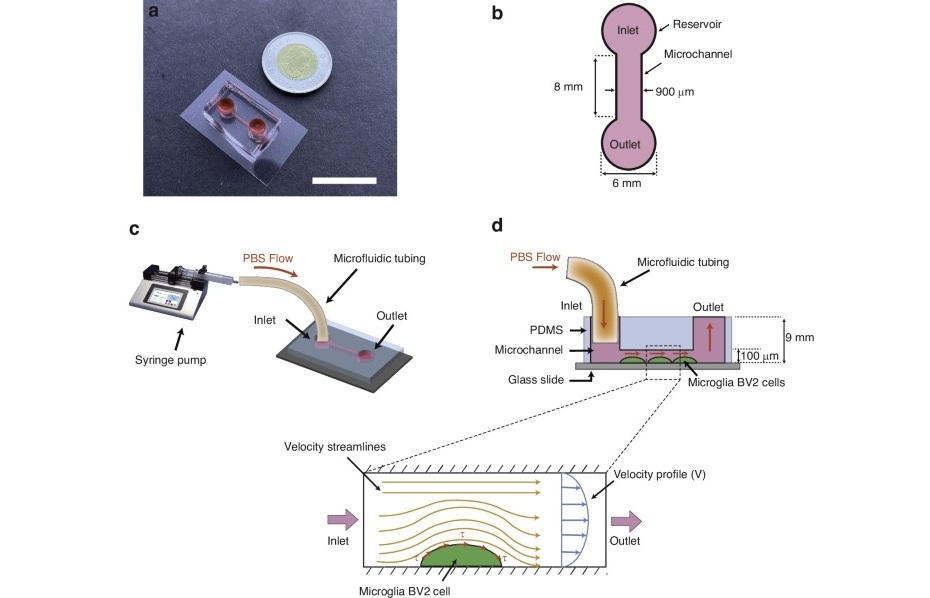
Portable Label-Free Device Tracks Alzheimer's Disease in Real Time
Alzheimer’s disease is marked by the accumulation of toxic protein fragments in the brain that damage nerve cells and impair memory. Detecting and tracking these early changes remains a major challenge,... Read more
Liquid Biopsy Test Enables Early Detection of ICI-Related Myocarditis
Cancer treatments have advanced significantly in recent years, but they can still trigger severe and sometimes fatal side effects. Immune checkpoint inhibitors (ICIs), which have transformed cancer therapy,... Read moreHematology
view channel
Viscoelastic Testing Could Improve Treatment of Maternal Hemorrhage
Postpartum hemorrhage, severe bleeding after childbirth, remains one of the leading causes of maternal mortality worldwide, yet many of these deaths are preventable. Standard care can be hindered by delays... Read more
Pioneering Model Measures Radiation Exposure in Blood for Precise Cancer Treatments
Scientists have long focused on protecting organs near tumors during radiotherapy, but blood — a vital, circulating tissue — has largely been excluded from dose calculations. Each blood cell passing through... Read more
Platelets Could Improve Early and Minimally Invasive Detection of Cancer
Platelets are widely recognized for their role in blood clotting and scab formation, but they also play a crucial role in immune defense by detecting pathogens and recruiting immune cells.... Read more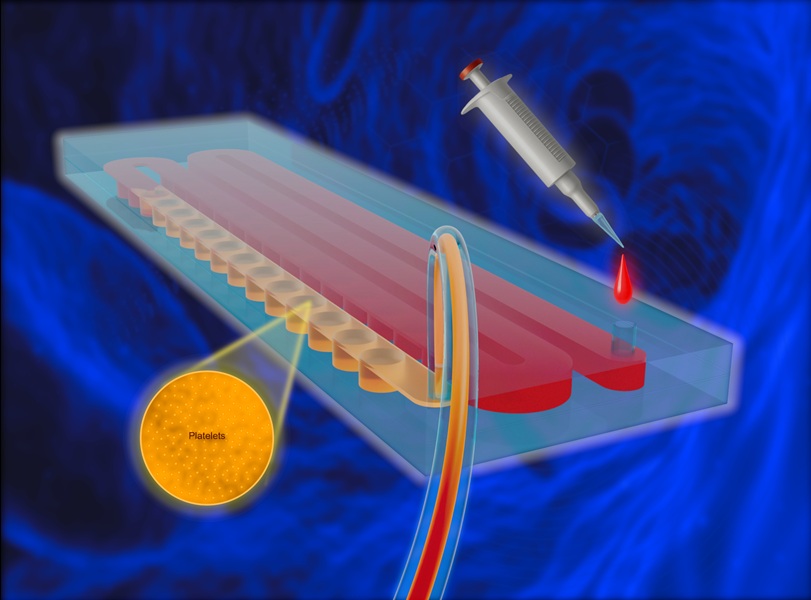
Portable and Disposable Device Obtains Platelet-Rich Plasma Without Complex Equipment
Platelet-rich plasma (PRP) plays a crucial role in regenerative medicine due to its ability to accelerate healing and repair tissue. However, obtaining PRP traditionally requires expensive centrifugation... Read moreImmunology
view channel
Blood Test Tracks Treatment Resistance in High-Grade Serous Ovarian Cancer
High-grade serous ovarian cancer (HGSOC) is often diagnosed at an advanced stage because it spreads microscopically throughout the abdomen, and although initial surgery and chemotherapy can work, most... Read more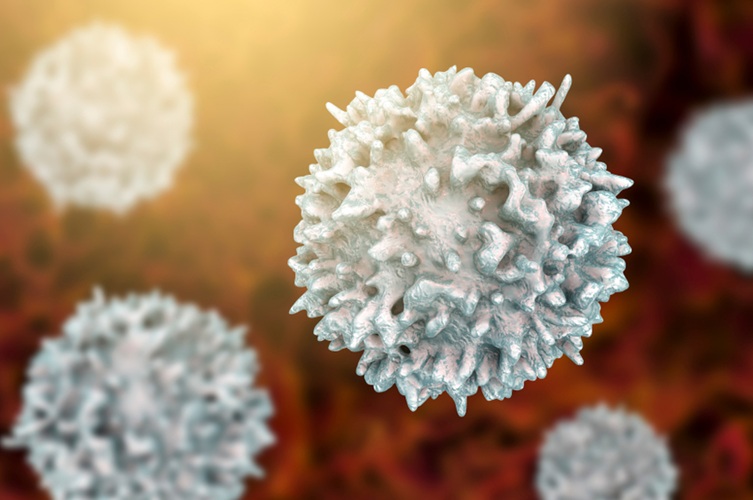
Luminescent Probe Measures Immune Cell Activity in Real Time
The human immune system plays a vital role in defending against disease, but its activity must be precisely monitored to ensure effective treatment in cancer therapy, autoimmune disorders, and organ transplants.... Read more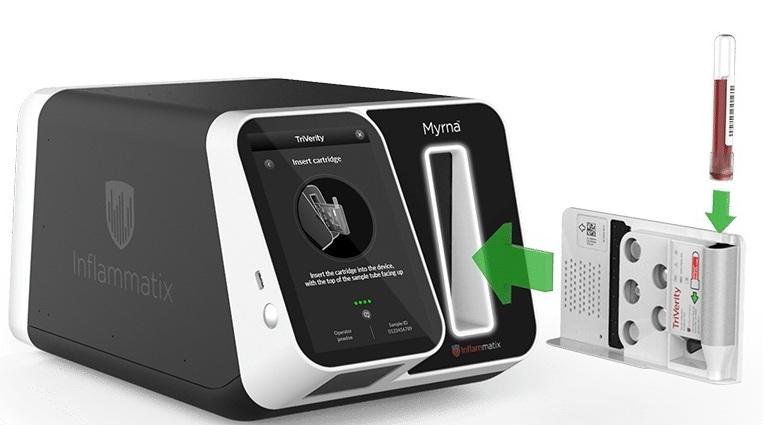
Blood-Based Immune Cell Signatures Could Guide Treatment Decisions for Critically Ill Patients
When a patient enters the emergency department in critical condition, clinicians must rapidly decide whether the patient has an infection, whether it is bacterial or viral, and whether immediate treatment... Read moreMicrobiology
view channel
Fast Noninvasive Bedside Test Uses Sugar Fingerprint to Detect Fungal Infections
Candida bloodstream infections are a growing global health threat, causing an estimated 6 million cases and 3.8 million deaths annually. Hospitals are particularly vulnerable, as weakened patients after... Read more
Rapid Sepsis Diagnostic Device to Enable Personalized Critical Care for ICU Patients
Sepsis is a life-threatening condition that occurs when the body’s response to infection spirals out of control, damaging organs and leading to critical illness. Patients often arrive at intensive care... Read morePathology
view channel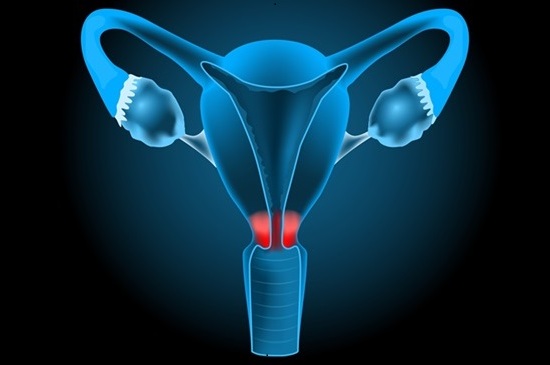
AI Improves Cervical Cancer Screening in Low-Resource Settings
Access to cervical cancer screening in low- and middle-income countries remains limited, leaving many women without early detection for this life-threatening disease. The lack of access to laboratories,... Read more
New Multi-Omics Tool Illuminates Cancer Progression
Tracking how cancers evolve into more aggressive and therapy-resistant forms has long been a challenge for researchers. Many current tools can only capture limited genetic information from tumor samples,... Read moreTechnology
view channel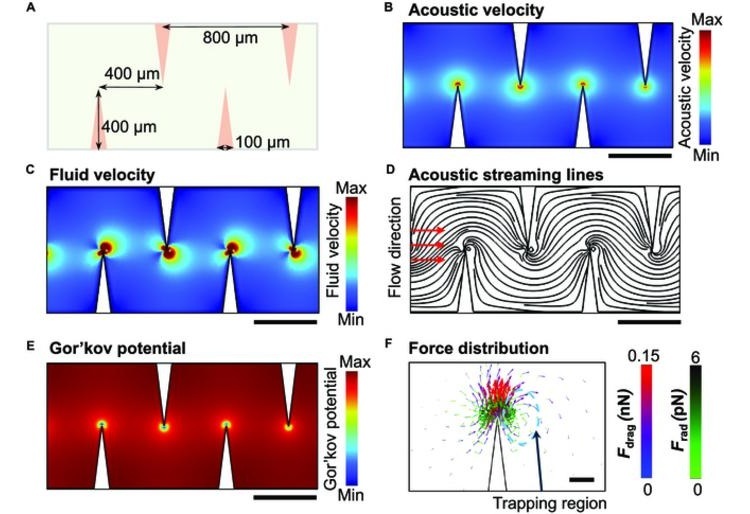
Acoustofluidic Device to Transform Point-Of-Care sEV-Based Diagnostics
Rapid and sensitive detection of small extracellular vesicles (sEVs)—key biomarkers in cancer and organ health monitoring—remains challenging due to the need for multiple preprocessing steps and bulky... Read more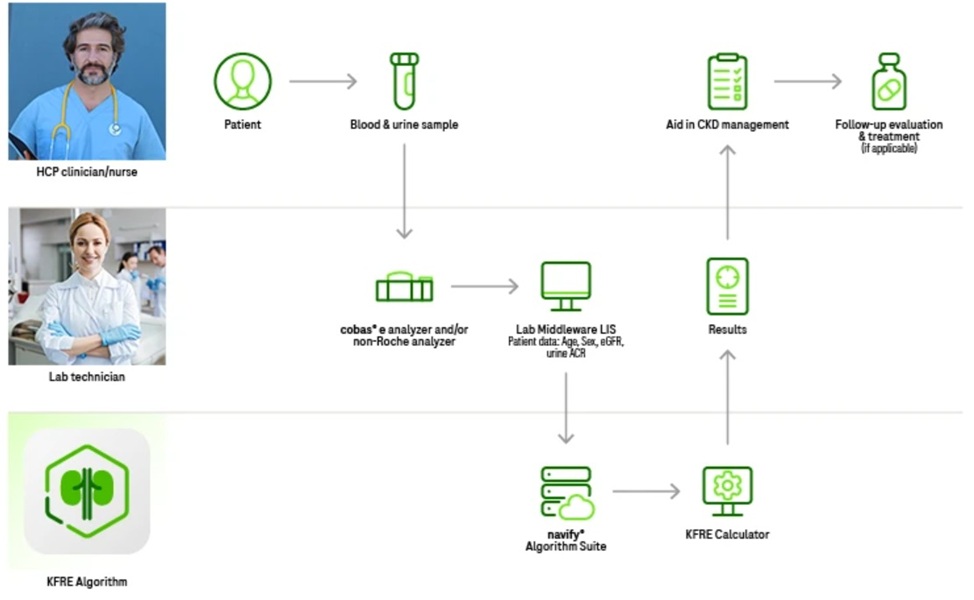
AI Algorithm Assesses Progressive Decline in Kidney Function
Chronic kidney disease (CKD) affects more than 700 million people worldwide and remains a major global health challenge. The condition often progresses silently, and many patients remain undiagnosed until... Read more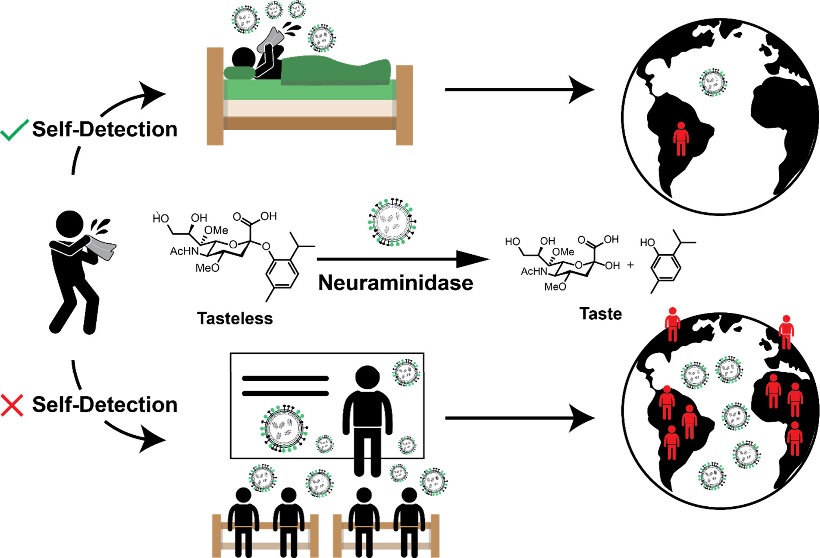
Taste-Based Influenza Test Could Replace Nasal Swabs with Chewing Gum
Influenza is one of the most dangerous infectious diseases worldwide, claiming around half a million lives each year. What makes it particularly insidious is that flu viruses are contagious even before... Read more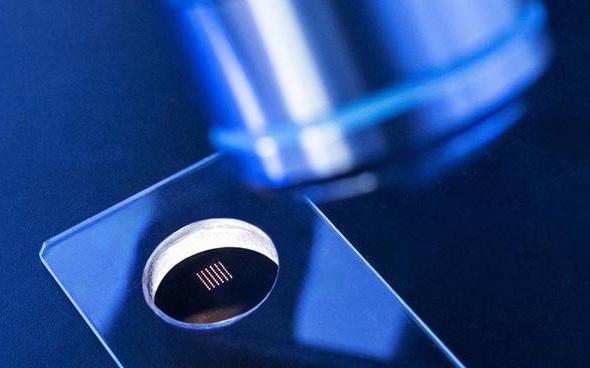
3D Micro-Printed Sensors to Advance On-Chip Biosensing for Early Disease Detection
Early-stage disease diagnosis depends on the ability to detect biomarkers with exceptional sensitivity and precision. However, traditional biosensing technologies struggle with achieving this at the micro-scale,... Read moreIndustry
view channelHologic to be Acquired by Blackstone and TPG
Hologic (Marlborough, MA, USA) has entered into a definitive agreement to be acquired by funds managed by Blackstone (New York, NY, USA) and TPG (San Francisco, CA, USA) in a transaction valued at up to... Read more
Bio-Techne and Oxford Nanopore to Accelerate Development of Genetics Portfolio
Bio-Techne Corporation (Minneapolis, MN, USA) has expanded its agreement with Oxford Nanopore Technologies (Oxford, UK) to broaden Bio-Techne's ability to develop a portfolio of genetic products on Oxford... Read more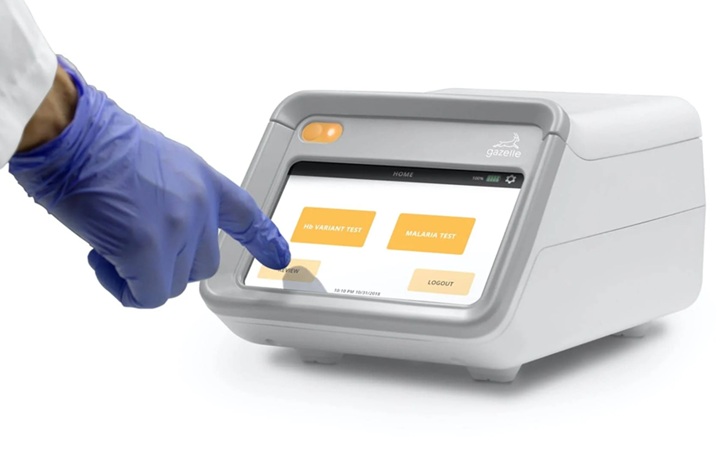
Terumo BCT and Hemex Health Collaborate to Improve Access to Testing for Hemoglobin Disorders
Millions of people worldwide living with sickle cell disease and other hemoglobin disorders experience delayed diagnosis and limited access to effective care, particularly in regions where testing is scarce.... Read more